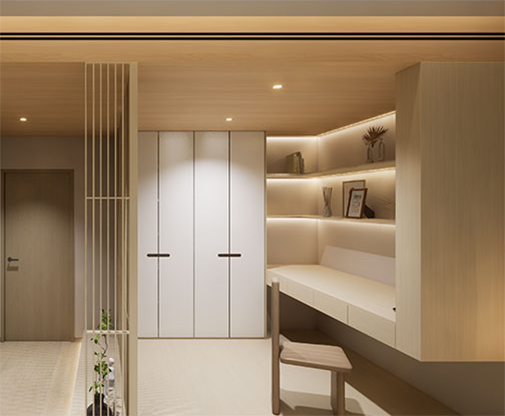Innovative Materials for Partitioning Houses: Enhancing Functionality and Aesthetics
Partitioning houses plays a crucial role in creating functional and aesthetically pleasing living spaces. The choice of materials for partitions greatly impacts the overall design, durability, and soundproofing capabilities of a house. In this blog post, we will explore the latest advancements in partitioning materials, focusing on their properties, applications, and benefits.
- Glass Partitions:
Glass partitions have gained popularity due to their ability to create open and visually appealing spaces. They allow natural light to flow through, making rooms appear more spacious. Additionally, glass partitions offer excellent sound insulation and can be customized with various finishes, such as frosted or tinted glass, for added privacy. - Gypsum Board Partitions:
Gypsum board partitions, commonly known as drywall, are widely used due to their versatility and cost-effectiveness. These partitions are easy to install, repair, and modify, making them ideal for both residential and commercial spaces. Gypsum boards also provide good fire resistance and sound insulation when combined with appropriate insulation materials. - Acoustic Partitions:
For those seeking enhanced soundproofing capabilities, acoustic partitions are an excellent choice. These partitions are typically made from materials with high-density properties, such as mineral wool or acoustic foam. Acoustic partitions effectively reduce noise transmission between rooms, ensuring privacy and a peaceful living environment. - Metal Partitions:
Metal partitions, often constructed using steel or aluminum frames, offer exceptional strength and durability. These partitions are commonly used in industrial or commercial settings where robustness is essential. Metal partitions can be combined with other materials, such as glass or gypsum boards, to create a modern and industrial aesthetic. - Eco-friendly Partitions:
With the growing emphasis on sustainability, eco-friendly partition materials have gained popularity. Bamboo, for example, is a renewable resource that can be used to create stylish and durable partitions. Additionally, recycled materials, such as reclaimed wood or recycled plastic, can be repurposed to construct partitions, reducing environmental impact.
Conclusion:
Choosing the right materials for partitioning houses is crucial for creating functional and visually appealing living spaces. Glass partitions offer openness and natural light, while gypsum board partitions provide versatility and cost-effectiveness. Acoustic partitions ensure sound insulation, while metal partitions offer strength and durability. Lastly, eco-friendly partitions contribute to sustainable living. By considering these innovative materials, homeowners and designers can create partitions that enhance both functionality and aesthetics in their houses.






